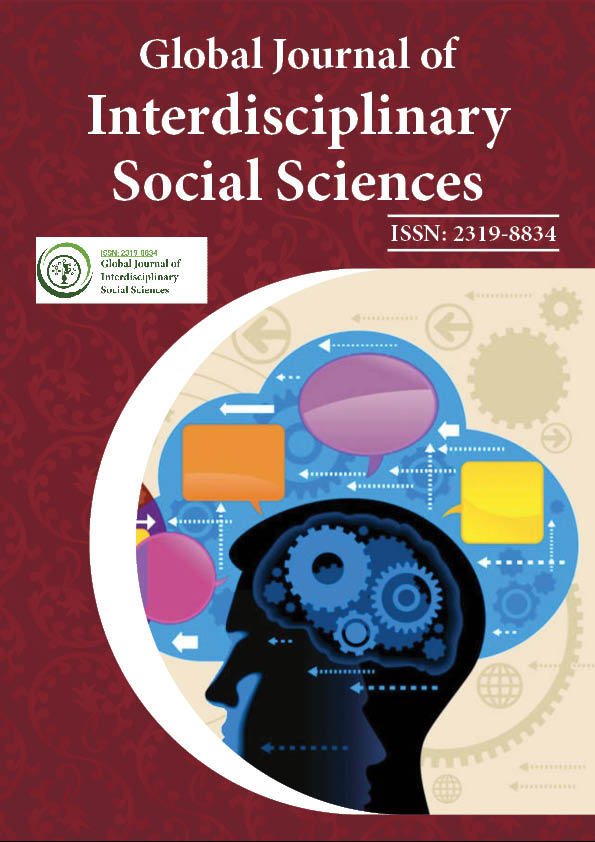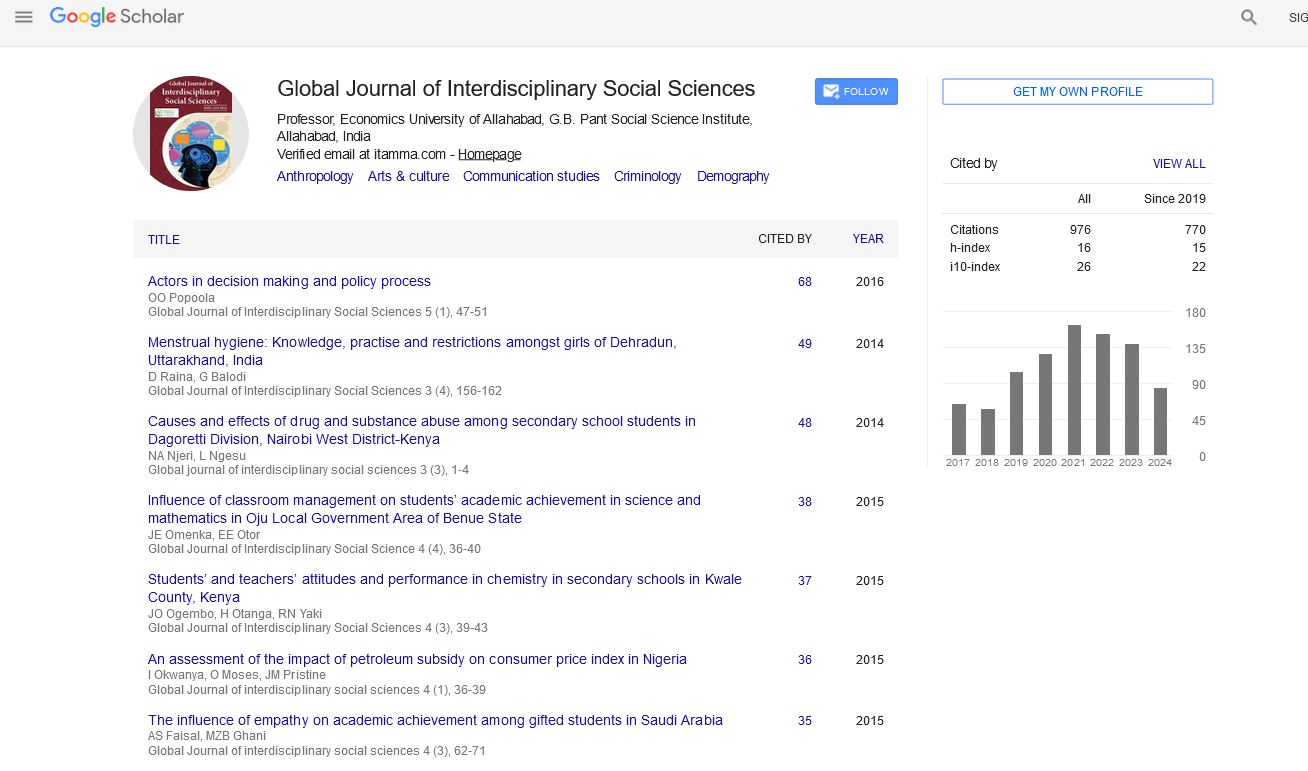Indexed In
- JournalTOCs
- Google Scholar
Useful Links
Share This Page
Journal Flyer

Open Access Journals
- Agri and Aquaculture
- Biochemistry
- Bioinformatics & Systems Biology
- Business & Management
- Chemistry
- Clinical Sciences
- Engineering
- Food & Nutrition
- General Science
- Genetics & Molecular Biology
- Immunology & Microbiology
- Medical Sciences
- Neuroscience & Psychology
- Nursing & Health Care
- Pharmaceutical Sciences
Abstract
Family Therapy and ASD-A Multi-Modal Approach
Ann Marie Pike
In solar photovoltaic (PV) systems most of the energy is not As a child and family therapist, the incidence of Autism within a family unit can be a unique experience therapeutically. Its pervasive characteristics can create bonds and barriers between parent and child, siblings, school staff and in social frameworks. These stresses can contribute, to many elements of negative family dynamics and co-morbid issues. In a multi-modal approach involving the whole family systemically, I have found an increase in the therapeutic relationship through trust building, further resilience in anxiety and depression, confidence building in parents and in children, an increase in communication through giving language to emotion. In a multi-modal therapeutic approach, the following interventions are simultaneously used: Psycho educationoutlined for parents (can include marriage concerns), Comic Strip Conversations – (Carol Gray), Social Stories (Carol Gray, re-framing), Management of problem behaviors, Management of rigid behaviors and special interests, Management of anxiety and Engagement activities (e.g. Art therapy, Equine therapy and special interest)*(AMP).
The therapist must observe each individual and their family members as unique within this paradigm as a whole part - with ALL facing and working with the ASD as it relates to themselves.
Most people are aware that there are a variety of psychotherapy approaches, such as cognitive-behavioral therapy, person-centered or humanistic psychotherapy, hypnotherapy, and psychoanalysis. But few people know that there are currently several hundred distinct psychological therapies. And even fewer know, including most therapists, ironically, that since the 1980s, there has been a unified and unifying system of psychological therapy that is arguably the most elegant, comprehensive, and effective therapeutic approach yet devised. It is called Multimodal Therapy and was originated by Professor Arnold A. Lazarus.
Therapeutically, MMT addresses response deficits and excesses within and across the BASIC I.D. and rests on a social and cognitive learning theory foundation. While rejecting theoretical integration (i.e., trying to blend together often incompatible theories of psychology), multimodal therapists use effective strategies from diverse approaches without subscribing to the theories that spawned them—technical eclecticism—and preferentially rely on empirically supported and evidence-based methods.
In addition to its use as a template for conducting therapy, the BASIC I.D. concept stands alone as a model of human personality and phenomenology. As importantly, the BASIC I.D. reflects the uniqueness of individuals; it can represent a person's "basic identity."
Obviously, despite having the same formal diagnosis, these two people will require very different and individualistically tailored therapy programs. And because MMT's aim is to identify specific problems within and across a person’s BASIC I.D. and provide the best interventions for them, it is uniquely suited to customize therapy regardless of diagnostic labels. What's more, no matter what a therapist's theoretical orientation is, since all people have a BASIC I.D., the MMT approach can be utilized by almost any health care professional.
Published Date: 2020-11-28;

